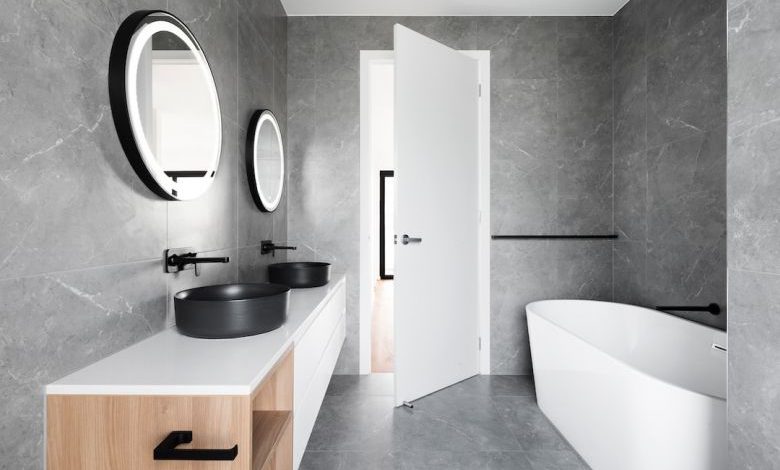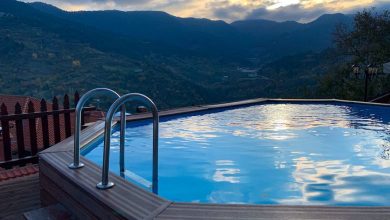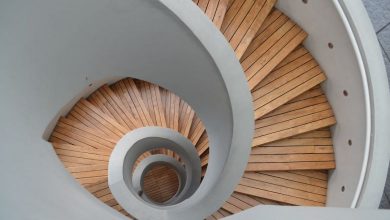How to Make My Bathroom More Water-efficient?

Water conservation is becoming increasingly important in our daily lives. One area where we can make a significant difference is in our bathrooms. By implementing a few simple changes, you can make your bathroom more water-efficient and reduce your water consumption. In this article, we will discuss various strategies and tips to help you achieve a more sustainable bathroom.
Upgrade to Low-flow Fixtures
One of the most effective ways to conserve water in your bathroom is by replacing your old fixtures with low-flow alternatives. Low-flow showerheads and faucets are designed to reduce water usage without compromising on performance. These fixtures use less water per minute, resulting in significant water savings over time. Look for products with a WaterSense label, as they meet the Environmental Protection Agency’s standards for water efficiency.
Install a Dual-flush Toilet
Toilets are notorious for being water guzzlers, but you can minimize their impact by installing a dual-flush toilet. Dual-flush toilets offer two flushing options: one for liquid waste and another for solid waste. The liquid waste option uses significantly less water, while the solid waste option provides a stronger flush. By choosing the appropriate flush option, you can save a significant amount of water with each use.
Fix Leaks Immediately
A small leak may not seem like a big deal, but it can waste a surprising amount of water over time. Even a slow drip can waste hundreds of gallons of water each year. It is essential to fix leaks promptly to prevent unnecessary water loss. Regularly check your faucets, showerheads, and toilet for any signs of leakage. If you notice a leak, repair it as soon as possible or seek professional help if necessary.
Take Shorter Showers
Long showers can be relaxing, but they also consume a large amount of water. By reducing your shower time by just a few minutes, you can save gallons of water per shower. Consider using a shower timer or playing your favorite song to keep track of time and limit your shower duration. Additionally, using a low-flow showerhead will further reduce your water usage without compromising on your shower experience.
Collect and Reuse Water
Another way to make your bathroom more water-efficient is by collecting and reusing water. Install a rainwater collection system to gather water for flushing your toilet or watering plants. You can also collect the cool water that runs before your shower heats up and use it for other purposes such as cleaning or watering your garden. Reusing water helps to minimize wastage and maximize efficiency.
Adjust Water Heater Temperature
Many people keep their water heaters set higher than necessary, resulting in excess energy consumption and water waste. Lowering your water heater temperature to around 120 degrees Fahrenheit (49 degrees Celsius) will not only save energy but also reduce the amount of hot water wasted while waiting for it to reach the desired temperature. This simple adjustment can have a significant impact on your water usage and energy bills.
Consider Water-efficient Accessories
In addition to upgrading fixtures, there are several water-efficient accessories you can incorporate into your bathroom. For example, faucet aerators reduce water flow without compromising water pressure, saving both water and energy. You can also install a shower flow restrictor to control water flow during showers. These small adjustments can make a big difference in water conservation without requiring a complete bathroom renovation.
Educate and Encourage Water Conservation
Lastly, it is important to educate your family members or housemates about the importance of water conservation in the bathroom. Encourage them to adopt water-saving habits, such as turning off the faucet while brushing their teeth or using less water when washing their hands. By creating a culture of water conservation, you can collectively make a significant impact on reducing water waste.
In conclusion
Making your bathroom more water-efficient is a worthy endeavor that benefits both the environment and your wallet. By upgrading to low-flow fixtures, fixing leaks promptly, taking shorter showers, collecting and reusing water, adjusting your water heater temperature, considering water-efficient accessories, and promoting water conservation, you can significantly reduce your water consumption. Remember, even small changes can make a big difference when it comes to water efficiency. Start implementing these tips today and be part of the solution to conserve our precious water resources.




